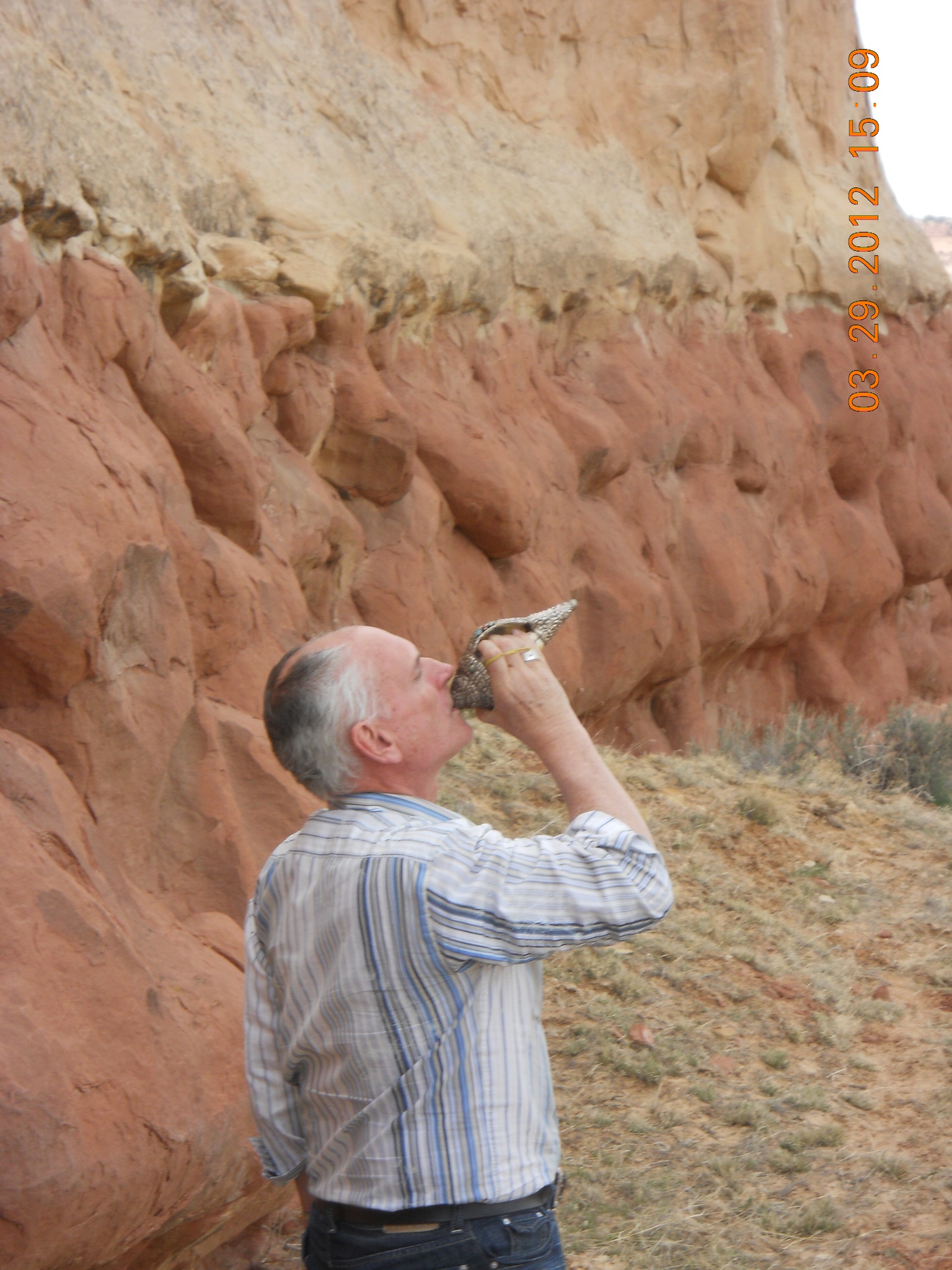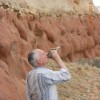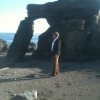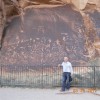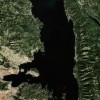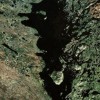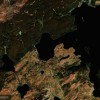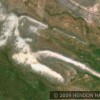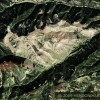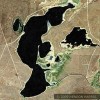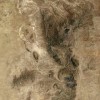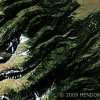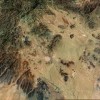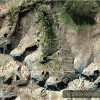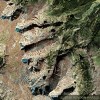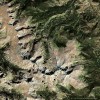
Were the Anasazi People Buddhists?
Posted on Friday, December 14th, 2012
Did They Leave Temples and Treasure Here?
Buddhism began in the 6th Century BC in India and quickly spread to Greece, the Middle East and some believe to Europe as far north as Scandinavia and even North America. This belief is reinforced by the ancient Buddhist proclivity for rock carving and similar types of distinctive rock formations found all over the world which bear a likeness to that favored by Vedic/Buddhism. Buddhism ultimately reached China in the 1st Century AD.
The Anasazi culture mysteriously appeared in North America at an undetermined time and disappeared around 1300 AD. Where did these incredibly advanced people come from and how and why did they just as mysteriously leave. We know they were astronomers because we have found some of their observatories. We know they were road builders because we have found their roads. We know they were incredibly proficient in stone carving and masonry because we have found evidence of their work and architectural styles in the Four Corners area of the Pacific Southwest.
It’s these very architectural styles and stone carved art that I believe provide the best evidence that the source of the Anasazi culture’s advanced knowledge and artistic talent was Vedic Asia.
I realize that this is a provocative statement and likely to offend more than a few scholars. However if one takes the time to examine their art and architectural styles the comparisons of examples from each culture will provide the evidence of their connection.
The first place you should start is by googling: “Were the Anasazi People Buddhist?” and then click on the images section. The architectural styles of the Puebloan people (Anasazi) and Chinese Buddhists are so similar that they both show up interchangeably on the image page and clearly demonstrate that they used the same techniques for carving out rock caves. (For examples of rock caves carved high on the cliffs of Bandelier National Park New Mexico that bear an incredible similarity to Asian Buddhist caves Google:”Architecture-Pueblo complexes and Great Houses” or “Bandelier National Park Rock Cave Images.”) Compare them to the Caves of Dunhuang and the Longmen Caves in China or to the recently discovered Shangri-La Buddhist Caves of Nepal all of which are carved high up on rock faces. For evidence of an IDENTICAL CONSTRUCTION TECHNIQUE used in ancient China and in ancient North America “zoom in” on our pictures of the rock cut caves at Bandelier National Monument, USA and the Caves at Dunhuang, China.  At both locations separated by the Pacific Ocean you will see an identical horizontal row of small bored holes cut into the cliff faces perhaps used to insert wood poles for the purpose of frames for shade for each location thousands of miles apart.
Ancient Buddhists seem to have been fascinated by rocks shaped a particular way. Here is an highly unusually shaped rock in Thailand and an almost identically shaped rock in the Bisti Badlands, New Mexico. The Bisti Badlands are an interesting place in the Four Corners region of the Pacific Southwest also known to be the region of the Anasazi people. However, the common opinion is that “The Canadian Goose Bisti”, “The Sleeping Lizard Bisti”, “The Flying Turtle Bisti” etc are simply random acts of erosion. I believe these rock formations are ruins of a people with a Vedic cultural heritage because of at least three different types of rock formations there.
-
Mushroom rocks like the ones found at Mushroom State Park, Kansas are found throughout these 45,000 acres of badlands. “Mushroom Rocks” are actually the “chattra” symbols of ancient Buddhism. Chattra is the Sanskrit word for mushroom which is also the word for “The Parasol”-one of The Eight Auspicious Symbols of Buddhism.
-
Also there is at least one huge Phallic Symbol in the Bisti Badlands like the same ones at Arches National Park, Utah in this same Four Corners area. If you Google: “Ian Parker Hoodoos” and then scroll down three or four lines when you arrive at the site you will come to two pictures. One is entitled “Hoodoo Pool” and the other “Hoodoo Reflection”. In the middle of both pictures framed by rocks is a two toned Phallic Symbol so you can have no doubt what you are seeing and what the original artists intended you to see. Phallic Symbols were and remain an important part of all Vedic religious cultures from India which include Buddhism, Hinduism, Jainism and other Asian religions.
-
In pictures of different locations in the Bisti Badlands are images of petrified wood lying horizontally but obviously featured when they were first laid there. These large petrified logs appear to have been venerated by those who laid them on their raised earthen forms. Trees are venerated throughout all Vedic religions. Buddha is said to have received his enlightenment under a Bodhi Tree. The central feature of a Vedic stupa is “The Tree of Life” around which the entire stupa stands. Wood is so important to Vedic/Buddhism that in rock carved “Chaitya Halls” which are the sanctuaries carved inside the stupa that the inside ceiling is rock carved to make it appear that the ceiling is supported by wooden rafters instead of the stone that has been carved to be wood like.
Thus wood has a special revered place in Vedic/Buddhism.
Much work continues to be done to understand these ancient people of North America. Dr. Steve Lekson of the University of Colorado who has done years of research and written several books on this topic believes the Anasazi had a particular fascination with the 108th Meridian West because they built at least four of their major settlement cities almost directly on that line. However, to my knowledge he has not connected this culture to India or Asia.
108 Steps – The Sino – Indian Connection in the Martial Arts
By Joyotpaul Chandhuri
It is commonly believed that Mexican Hat Rock in Southern Utah is a beautiful natural rock formation. I personally believe that it may be far more than that and may actually be an ancient Buddhist/Vedic temple (stupa) constructed and carved in the ancient India style. If Mexican Hat Rock was simply a random act of erosion then why was it not found in a remote place with little or no access to any water sources or tillable soil? Why is Mexican Hat Rock found on a hilltop next to the accessible banks of the San Juan River which is the major water source for the Anasazi region? How did it just happen to “erode” in an oasis of tillable soil next to a flat straight section of the San Juan River separated just upstream and downstream by sections of the river flowing through extremely steep massive canyon walls that prevent easy access to the river?
An aerial view of Mexican Hat Rock can be viewed by googling “1955 Aerial View Mexican Hat Rock.” The image you see is named after the top rock on the formation because it is said to resemble a Mexican Hat. Actually its not a hat but a “Chattra” Parasol mentioned earlier. To see an example of this feature from the same period Google: “Gandhara Stupa Chattra Images”. For a smaller stupa go to “Wat Rong Khun Parasol Detail, Chiang Rai”.
The Chattra on Mexican Hat Rock – STILL PROTECTS ITS STUPA TODAY
 The Beak of the 10th Sun Raven – STILL GLOWS
Hendon Harris
